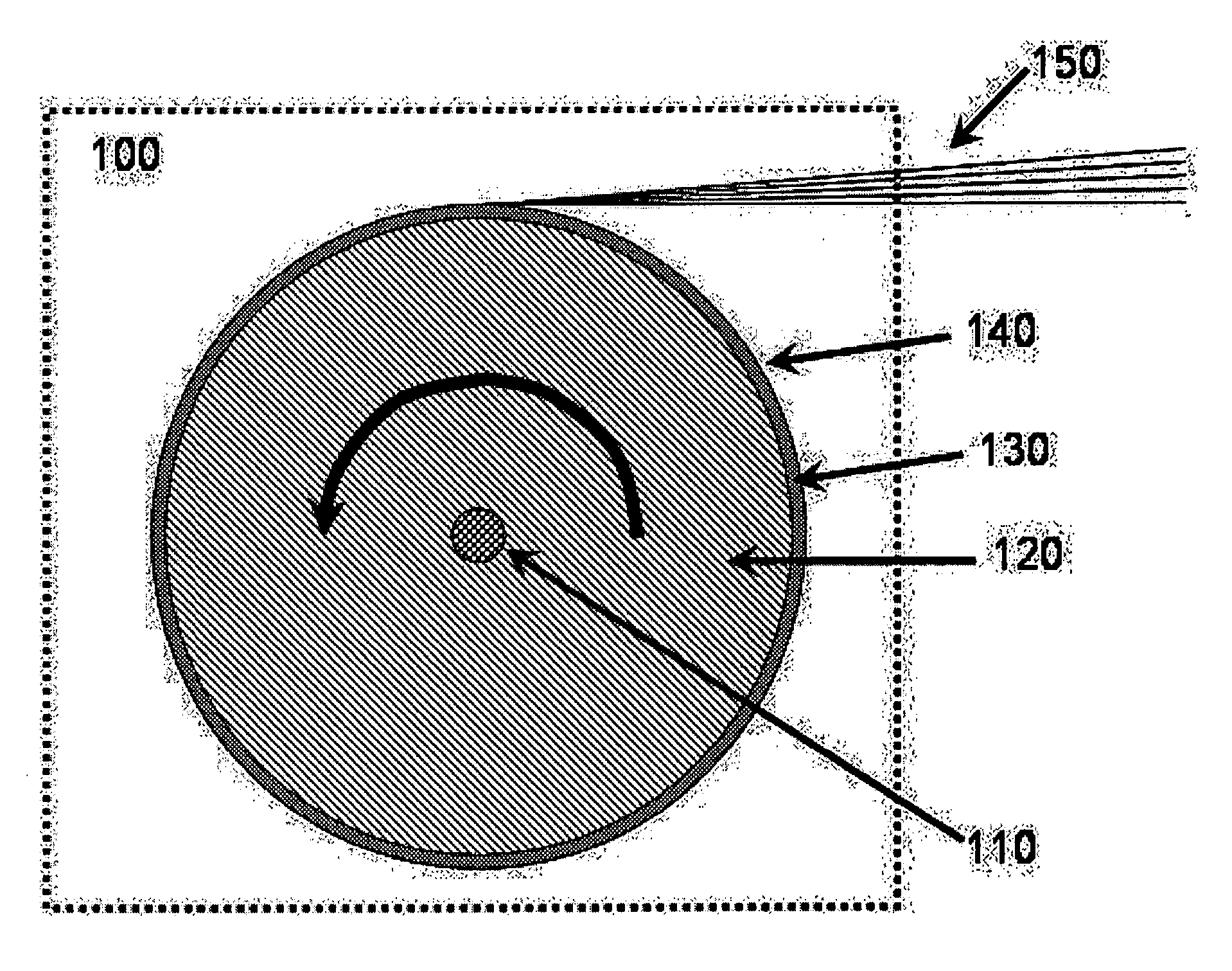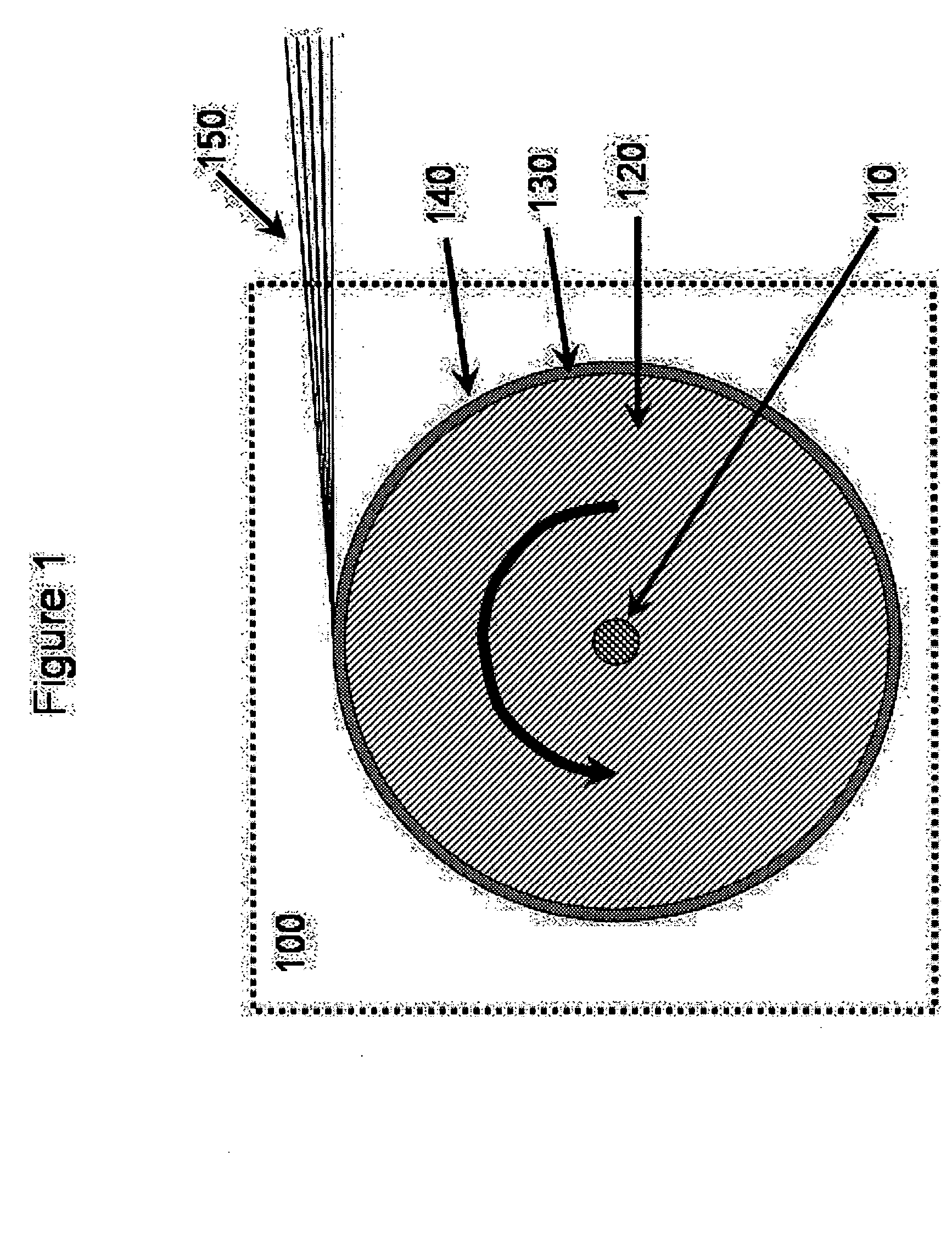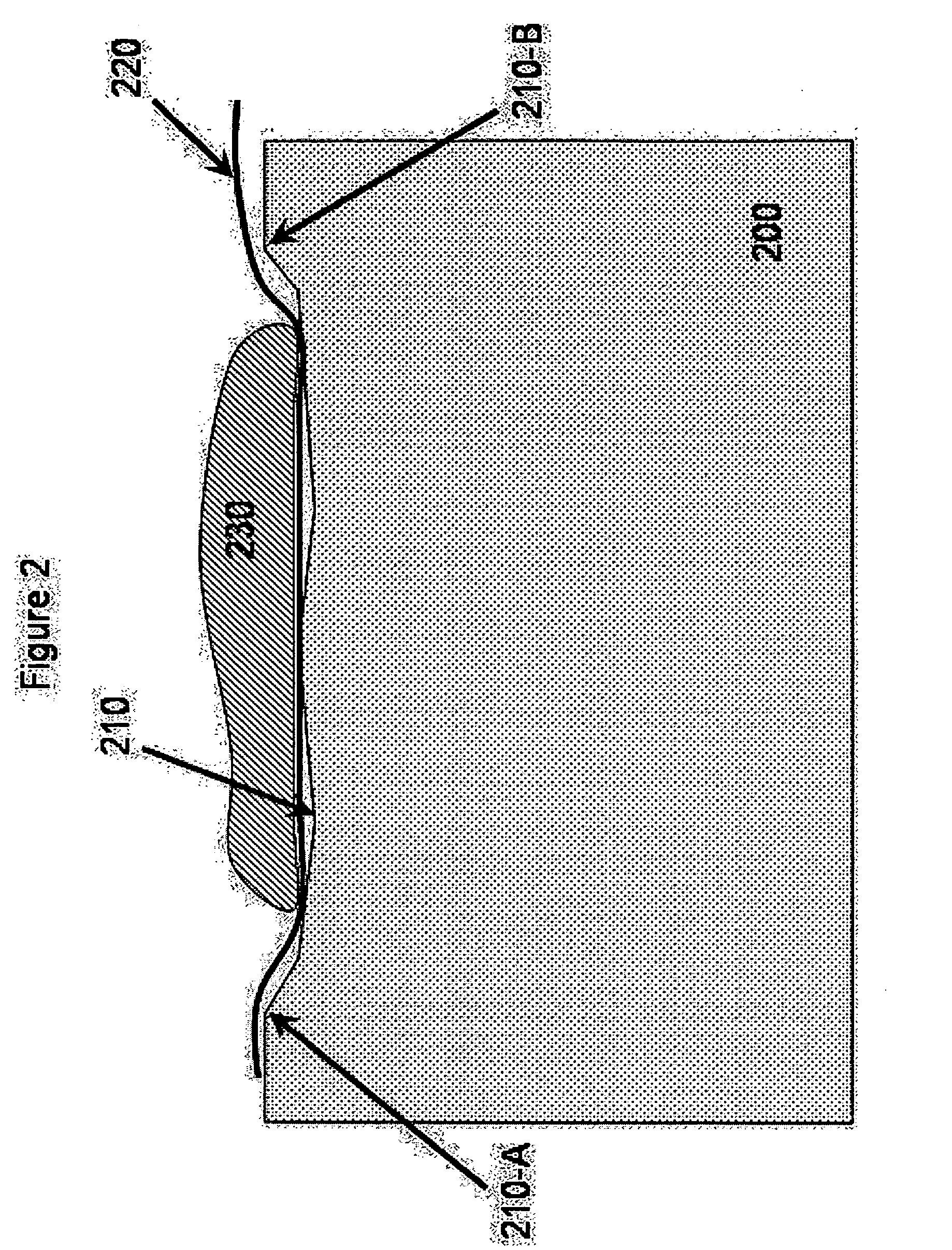Carbon foam composite tooling and methods for using the same
a technology of carbon foam and composite materials, applied in the field of composite tooling, can solve the problems of not meeting the requirements, reducing the production efficiency of composite materials, so as to achieve the effect of less cost of production and/or use, easy modification, and more durabl
- Summary
- Abstract
- Description
- Claims
- Application Information
AI Technical Summary
Benefits of technology
Problems solved by technology
Method used
Image
Examples
Embodiment Construction
[0025] Tooling may be used to fabricate parts, including composite parts, of various types, shapes, sizes and materials with a high dimensional accuracy. The design of the tooling typically is dependent on the desired shape of the part to be formed, the materials used to form the part, the amount of strength and rigidity which the tooling must have to support the materials necessary for forming the part, and / or the method used to provide the materials for forming the part.
[0026] Tools encompass one or more surfaces, referred to as tool faces, upon which material is formed, shaped, molded, or otherwise produced into a part(s) having a surface(s) of predetermined sizes and shapes. Such parts can include, but are not limited to, structures, parts, sub assemblies, portions of components, partial components, and the like, including any solid form having a shaped surface. The tool face is a surface of the tool body, typically formed such that it is a precise three dimensional negative mi...
PUM
| Property | Measurement | Unit |
|---|---|---|
| temperature | aaaaa | aaaaa |
| temperature | aaaaa | aaaaa |
| temperature | aaaaa | aaaaa |
Abstract
Description
Claims
Application Information
 Login to View More
Login to View More - R&D
- Intellectual Property
- Life Sciences
- Materials
- Tech Scout
- Unparalleled Data Quality
- Higher Quality Content
- 60% Fewer Hallucinations
Browse by: Latest US Patents, China's latest patents, Technical Efficacy Thesaurus, Application Domain, Technology Topic, Popular Technical Reports.
© 2025 PatSnap. All rights reserved.Legal|Privacy policy|Modern Slavery Act Transparency Statement|Sitemap|About US| Contact US: help@patsnap.com



